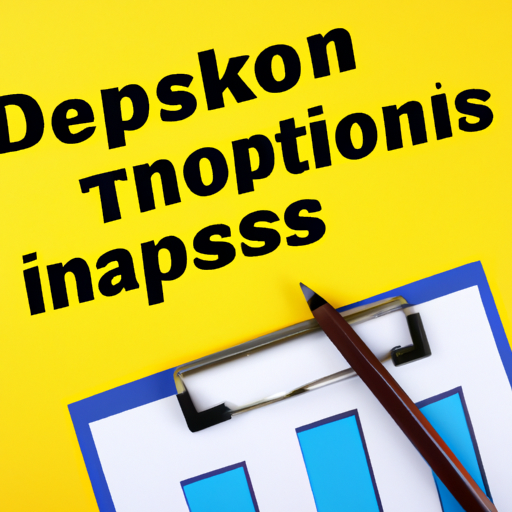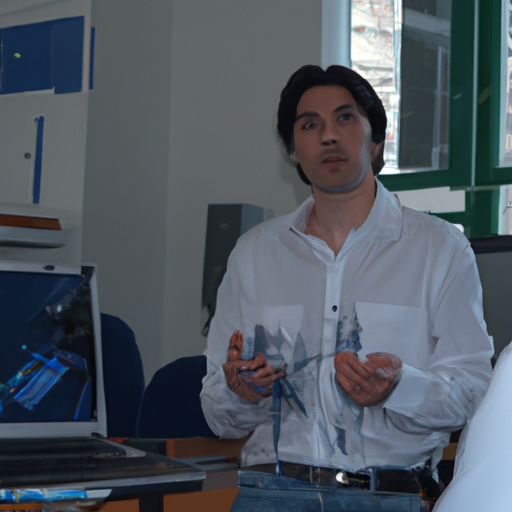What are the development trends in the Mandarin testing industry?
Development Trends in the Mandarin Testing Industry
I. Introduction
In an increasingly interconnected world, the ability to communicate in multiple languages has become a valuable asset. Among these languages, Mandarin Chinese stands out due to its growing significance in global commerce, culture, and diplomacy. The Mandarin testing industry has evolved to meet the rising demand for proficiency in this language, providing standardized assessments that gauge learners' skills. This article explores the current trends and future directions in the Mandarin testing industry, shedding light on how it is adapting to the needs of learners and the demands of a globalized society.
II. Historical Context
A. Evolution of Mandarin Language Testing
The journey of Mandarin language testing began with rudimentary assessments that lacked standardization and reliability. Early tests often focused on rote memorization, failing to capture the practical language skills necessary for effective communication. As interest in Mandarin grew, particularly among non-native speakers, the need for standardized testing became apparent.
B. Key Milestones in the Mandarin Testing Industry
One of the most significant milestones in this evolution was the introduction of the Hanyu Shuiping Kaoshi (HSK) in 1990. Developed by the Hanban (now known as the Center for Language Education and Cooperation), the HSK provided a structured framework for assessing Mandarin proficiency. Over the years, the HSK has undergone several revisions, expanding its levels and adapting to the needs of learners worldwide. The growth of international interest in Mandarin, fueled by China's economic rise, has further propelled the development of the testing industry.
III. Current Trends in Mandarin Testing
A. Increased Demand for Mandarin Proficiency
The globalization of trade and cultural exchange has led to a surge in demand for Mandarin proficiency. As businesses seek to establish ties with Chinese markets, professionals are increasingly recognizing the value of Mandarin skills. Additionally, the rising interest in Chinese culture, from literature to cinema, has motivated individuals to learn the language, further driving the need for effective testing.
B. Technological Advancements
The advent of technology has revolutionized the Mandarin testing landscape. Online testing platforms have made assessments more accessible, allowing learners to take tests from anywhere in the world. Digital assessments offer flexibility and convenience, catering to the needs of busy professionals and students alike. Moreover, the integration of artificial intelligence (AI) and machine learning in language evaluation is enhancing the accuracy and efficiency of assessments, providing instant feedback and personalized learning experiences.
C. Focus on Communicative Competence
A significant shift in language testing is the emphasis on communicative competence. Traditional assessments often prioritized grammar and vocabulary memorization, but there is now a growing recognition of the importance of practical language use. Modern tests are increasingly incorporating speaking and listening skills, reflecting real-world communication scenarios. This focus on communicative competence ensures that learners are not only able to pass tests but also engage effectively in conversations.
D. Customization and Personalization
As the understanding of language learning evolves, so does the approach to testing. The trend towards customization and personalization is gaining momentum, with tailored testing experiences designed for different learner profiles. Adaptive testing methodologies, which adjust the difficulty of questions based on a learner's performance, are becoming more prevalent. This personalized approach enhances the testing experience, making it more relevant and effective for individual learners.
IV. The Role of Educational Institutions
A. Integration of Mandarin Testing in Curricula
Educational institutions play a crucial role in the Mandarin testing industry. Many schools and universities are now integrating standardized tests into their curricula, ensuring that students are adequately prepared for assessments like the HSK. Partnerships between educational institutions and testing organizations are also on the rise, facilitating the development of comprehensive language programs that align with testing standards.
B. Teacher Training and Professional Development
The effectiveness of Mandarin testing is closely tied to the quality of instruction. As such, there is a growing emphasis on teacher training and professional development. Qualified instructors are essential for guiding learners through the complexities of the language and preparing them for assessments. Ongoing training programs for educators are being implemented to ensure they are equipped with the latest teaching methodologies and assessment practices.
V. Globalization of Mandarin Testing
A. Expansion of Testing Centers Worldwide
The globalization of the Mandarin testing industry is evident in the expansion of testing centers around the world. This accessibility is particularly beneficial for non-native speakers who may not have the opportunity to study in China. Collaboration with international organizations has further facilitated the establishment of testing centers, making Mandarin assessments more widely available.
B. Recognition of Mandarin Proficiency in Professional Settings
As Mandarin proficiency becomes increasingly recognized in professional settings, the impact on job opportunities and career advancement is significant. Employers are increasingly valuing language skills, and certification in Mandarin can enhance a candidate's competitiveness in the job market. The role of certification in validating language proficiency is becoming more pronounced, with many organizations requiring proof of language skills for employment.
VI. Challenges Facing the Mandarin Testing Industry
A. Standardization vs. Localization
Despite the advancements in the Mandarin testing industry, challenges remain. One of the primary issues is the balance between standardization and localization. While global standards are essential for consistency, they must also account for local language variations and cultural nuances. Addressing these differences is crucial to ensure that assessments are relevant and fair for all learners.
B. Quality Assurance and Test Validity
Ensuring the quality and validity of tests is another significant challenge. The reliability and fairness of assessments must be maintained to uphold the integrity of the testing process. Concerns about test security and integrity, particularly in an era of online assessments, necessitate robust measures to protect the validity of results.
VII. Future Directions
A. Innovations in Testing Methodologies
Looking ahead, the Mandarin testing industry is poised for further innovation. The potential for virtual reality and immersive testing environments presents exciting possibilities for language assessment. These technologies could create realistic scenarios that better evaluate a learner's ability to use Mandarin in practical situations. Additionally, the development of new assessment tools and frameworks will continue to enhance the testing experience.
B. The Role of Policy and Regulation
Government initiatives aimed at promoting Mandarin learning will also shape the future of the testing industry. Educational policies that support language acquisition and assessment practices will play a crucial role in fostering a culture of Mandarin proficiency. Collaboration between policymakers and educational institutions will be essential in creating a conducive environment for language learning.
C. The Importance of Continuous Research
Ongoing research is vital for improving the effectiveness of Mandarin testing. Studies that explore new methodologies, assessment tools, and learner experiences will contribute to the evolution of the industry. Collaboration between researchers and practitioners will ensure that testing practices remain relevant and effective in meeting the needs of learners.
VIII. Conclusion
The Mandarin testing industry is undergoing significant transformation, driven by increased demand for proficiency, technological advancements, and a focus on communicative competence. As educational institutions integrate testing into their curricula and the globalization of testing centers expands access, the landscape of Mandarin assessment continues to evolve. However, challenges such as standardization, quality assurance, and the need for continuous innovation remain.
Looking to the future, the importance of Mandarin proficiency in a global context cannot be overstated. As the world becomes more interconnected, the ability to communicate in Mandarin will be a valuable asset for individuals and organizations alike. The trends and developments in the Mandarin testing industry will play a crucial role in shaping the future of language learning and assessment, ensuring that learners are equipped with the skills they need to thrive in a globalized world.
IX. References
- Academic articles and studies on Mandarin testing
- Reports from educational organizations and testing bodies
- Relevant books and resources on language assessment and pedagogy
In conclusion, the Mandarin testing industry is not just about assessing language skills; it is about fostering communication, understanding, and connection in an increasingly diverse world. As we move forward, the trends and innovations in this field will continue to shape the way we learn and engage with the Mandarin language.














